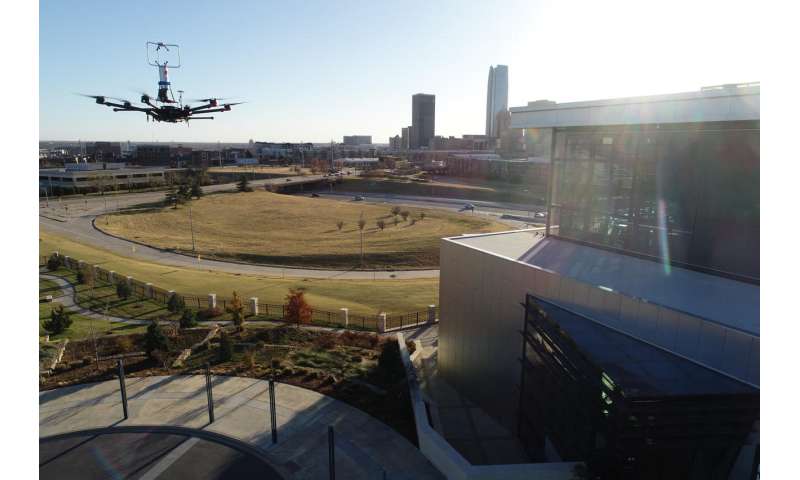Phys.org November 25, 2020
Scientists presented the latest findings on modeling and predicting urban airflow at the 73rd Annual Meeting of the American Physical Society’s Division of Fluid Dynamics in the hope of building better buildings, cities, and transportation. According to the scientists in addition to the challenges of traffic congestion and obstacles, critical technology gaps exist in modeling, detecting, and accommodating the dynamic urban local wind fields as well as in precision navigation through uncertain weather conditions. They attached sensors to robotic aircraft to take more cohesive measurements of building wakes, or the disturbed airflow around buildings. They combined this data with numerical predictions to get a better picture of the complex wind patterns found in urban environments. The work could help improve wind and weather forecasting, not only for unmanned aircraft but also for conventional airplanes…read more. Meeting presentation ABSTRACT 1 , 2 , 3

A team from Oklahoma State University attached sensors to robotic aircraft to take more cohesive measurements of building wakes, or the disturbed airflow around buildings. Credit: Jamey Jacob